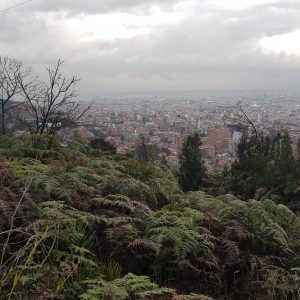iNaturalist Project
Conclusion
Contributing to science. Each observation can contribute to the biodiversity of science, from the rarest butterfly to the most common grass in a yard. iNaturalist share citizen observations with repositories of scientific data such as the Global Biodiversity Information Facility to help scientists find and use those data. All we have to do is observe!
iNaturalist is a joint initiative by the California Academy of Sciences and the National Geographic Society based on the idea of citizen science.
Citizen science is a recent trend that is involving non-scientific people with scientific data collection all around the world. The popular nature app, iNaturalist helps to identify the plants and animals around us. The iNaturalist ID process works in a participative way, where everyone can help with the ID of any organism and, once it is verified by several participants and experts, the observations reach the category of Research Grade and begin to be part of the scientific dataset for real scientific research. By joining the platform, we are connected with a community of over 750,000 scientists and naturalists around the world. By recording and sharing our observations during our trips and programmed events, we are helping to create research quality data for scientists working to better understand and protect nature.
iNaturalist.org began as the Master’s final project of Nate Agrin, Jessica Kline, and Ken-ichi Ueda at UC Berkeley’s School of Information in 2008. Nate and Ken-ichi continued working on the site after graduation, with some additional help from Sean McGregor. Ken-ichi began collaborating with Scott Loarie in 2011, when they organized as iNaturalist, LLC and began expanding the site through numerous collaborations. In 2014 iNaturalist became an initiative of the California Academy of Sciences and a joint initiative with National Geographic Society in 2017 (Read more at https://www.inaturalist.org/pages/about)
Create your profile at https://www.inaturalist.org/home and find us there as sula_pelecanussas
